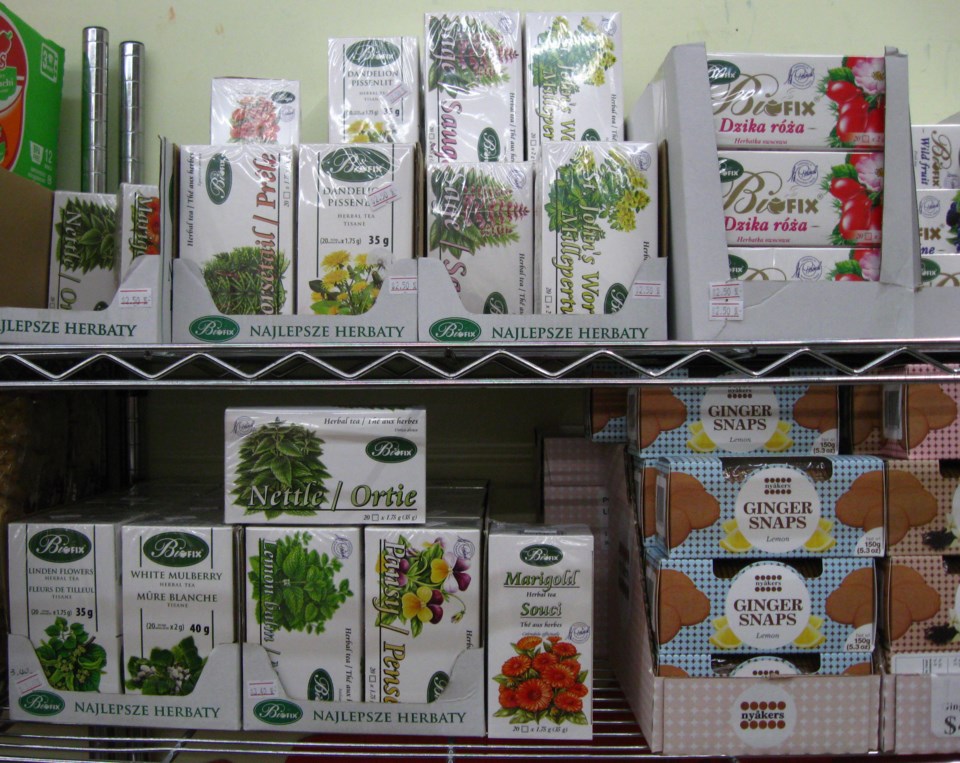Did you ever wonder how the first cup of tea came to be? It was most likely a case of serendipity, much like the discovery of coffee in Ethiopia. Legend holds that one day in 2737 BC, the mythological ruler of China, Shennong (who was also a farmer and herbalist, nicknamed “the divine cultivator”) was sitting beneath a tree, and some leaves fell into the hot water he was drinking. The tree was a Camellia sinensis, and what Shennong imbibed was the first cup of tea. As befits a mythological figure, Shennong lived a long life – in his case, a thousand years, giving him time to write the first herbal, Pen Ts’ ao Ching, or The Classic Herbal.
Legend aside, the medicinal properties of tea were quickly appreciated. In fact, tea was originally valued above all as a medicine. The words of the Japanese scholar and art critic Okakura Kazuko (1862 to 1913) are often quoted: “Tea began as a medicine and grew into a beverage.”
The word tea has become a label attached to many liquids that are considered restorative and refreshing, such as those made with herbs (not to mention beef tea). However, some purists object to applying the name tea to anything but the brew made with leaves of the Camellia sinensis. They argue that the appropriate terms for beverages made from herbs are decoction and infusion (also known as tisane). A decoction is the extraction of oils, volatile organic compounds and other chemical substances of the herb by boiling or simmering it in water. For an infusion, the chemical compounds are extracted by steeping the herb in water. Nevertheless, the popular name for decoctions and infusions remains herbal tea.
As a child in Germany, I was familiar with chamomile tea because it was a staple in every household. Chamomile was a general fixer – you sipped it when you were feeling unwell, for whatever reason. But the first time I heard about herbal tea having actual health benefits was when a doctor advised my aunt to drink fennel tea for a gallbladder problem. Later, in Florence, a herbalist told me that during the war, many Italians got their Vitamin C from hibiscus tea. It was then I learned that different parts of plants could be used – not only the leaves, flowers, and
seeds, but also the bark and roots. Fennel tea was made with the seeds of the ripened fennel flower, and hibiscus tea with the dried petals of the hibiscus flower.
A point to keep in mind when making herbal tea is that delicate leaves and flowers are best prepared as infusions. Examples of herbs in this category are mint, lemon balm, bee balm and chamomile. Decoction should be reserved for the tougher parts of the plant – the roots, bark and seeds. Whether you’re infusing or decocting, always keep the container tightly covered.
There are a great number of herbs that are suitable for herbal tea, but there are also a few that are not suitable because they are toxic. Moreover, while some of the beneficial herbs can be consumed every day, others should be used less frequently. Take the time to research the properties of the herb to avoid getting poisoned – a lesson I learned the hard way. It’s also a good idea to check if the properties of the herb could potentially interfere with a prescription medicine or a medical condition. Several books on the subject of herbal teas, with helpful information and instructions, are available, although the local Richmond library has only one – Jennifer Browne, Medicinal Tea, New York, 2015.
Go into any grocery store and you’ll be presented with a great variety of brands of herbal teas. Stash, Traditional Medicinals, Twinings, Celestial and Yogi are among the most commonly found ones, each package containing either 16, 18 or 20 tea bags. The prices I’ve seen range between $5.49 and $7.49 a package, depending on the brand.
Recently a friend introduced me to another brand, imported from Poland – Biofix, which offers the widest assortment of herbal teas I’ve yet encountered, with some very unusual ones, plus a line of fruit teas. Their prices (each package contains 20 tea bags) are a fraction of those of the better known brands. Not easy to find here in Greater Vancouver, Biofix teas are now carried by the greengrocer Sunshine Farms on No. 1 Road and Blundell in Richmond.
Sabine Eiche is a local writer and art historian with a PhD from Princeton University. She is passionately involved in preserving the environment and protecting nature. Her columns deal with a broad range of topics and often include the history (etymology) of words in order to shed extra light on the subject



